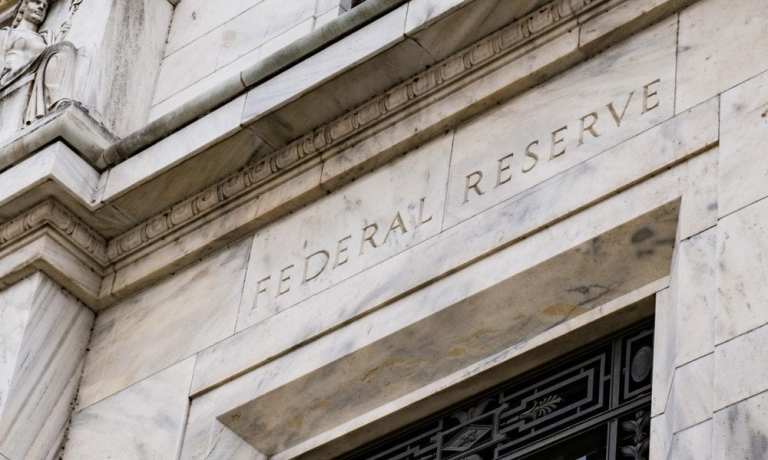Fed Eyes Changes To Banks’ Liquidity, Living Will Regulations

In what may be a rollback of at least some banking regulations put in place in the wake of the financial crisis a decade ago, the Federal Reserve Monday offered up two proposals aimed at modifying liquidity and “living will” mandates.
As reported by the Associated Press, the proposals were approved through a vote of 4-1, with the holdout reported to be Fed board member Laurel Brainard, who said that the new policies would “weaken important safeguards” governing the industry.
A public commentary period looms through the summer and means that the proposed changes would not go into effect till after the commentary period ends. Comments are due by June 21st.
The proposals themselves are tied to a loosening of at least some of Dodd-Frank, which traces its genesis back to 2010, and which had been a target of at least some lawmakers and the Trump administration, as they had argued that lending activity has been suppressed, in turn hampering economic growth.
Fed Chairman Jerome Powell has said that the proposed changes take into account the risks posed by different firms.
Drilling down a bit, as noted by Banking Journal and other publications, category one banks (among the largest ones in the U.S.) with “living wills” in place would update them every two years; full plans would have to be filed every four years.
Regional and foreign-owned banks would file full plans every three years. These plans would alternate between “full” and less complex plans, according to reports. The living wills dictate how banks can wind down assets in the event of financial distress. The impact is one where these banks would have to file such plans less frequently.
As reported in The Wall Street Journal, the less complex plans address capital and liquidity.
“Resolution plans are an important part of protecting taxpayers and the economy from the failure of a large bank,” Fed Chairman Jerome Powell said in a statement, adding that “This proposal maintains the substantial resilience built up across the U.S. financial system over the past decade, while at the same time making appropriate adjustments for firms that present less risk.”
In reference to liquidity requirements, the Monday proposal would extend mandates from last year to embrace foreign banking outfits, boosting liquid asset requirements by between 50 basis points and four percent (which the Journal noted could impact companies like UBS and Credit Suisse), depending on the bank, and reduce required capital by about 0.5% at foreign banks with over $100 billion in U.S. assets.
Study Sees Regulations Ramping
Separately, database firm Mark Logic has estimated that financial services firms will face as many as 37 new regulations by 2021. In a study commissioned by the firm and focused on global institutions, data show that an overwhelming majority of the regulations – about 90 percent – apply to both buy-side and sell-side firms. Among the regulations: updates to the Fast Act in the United States and 2018 MiFID II (which affects financial instruments markets) revisions.